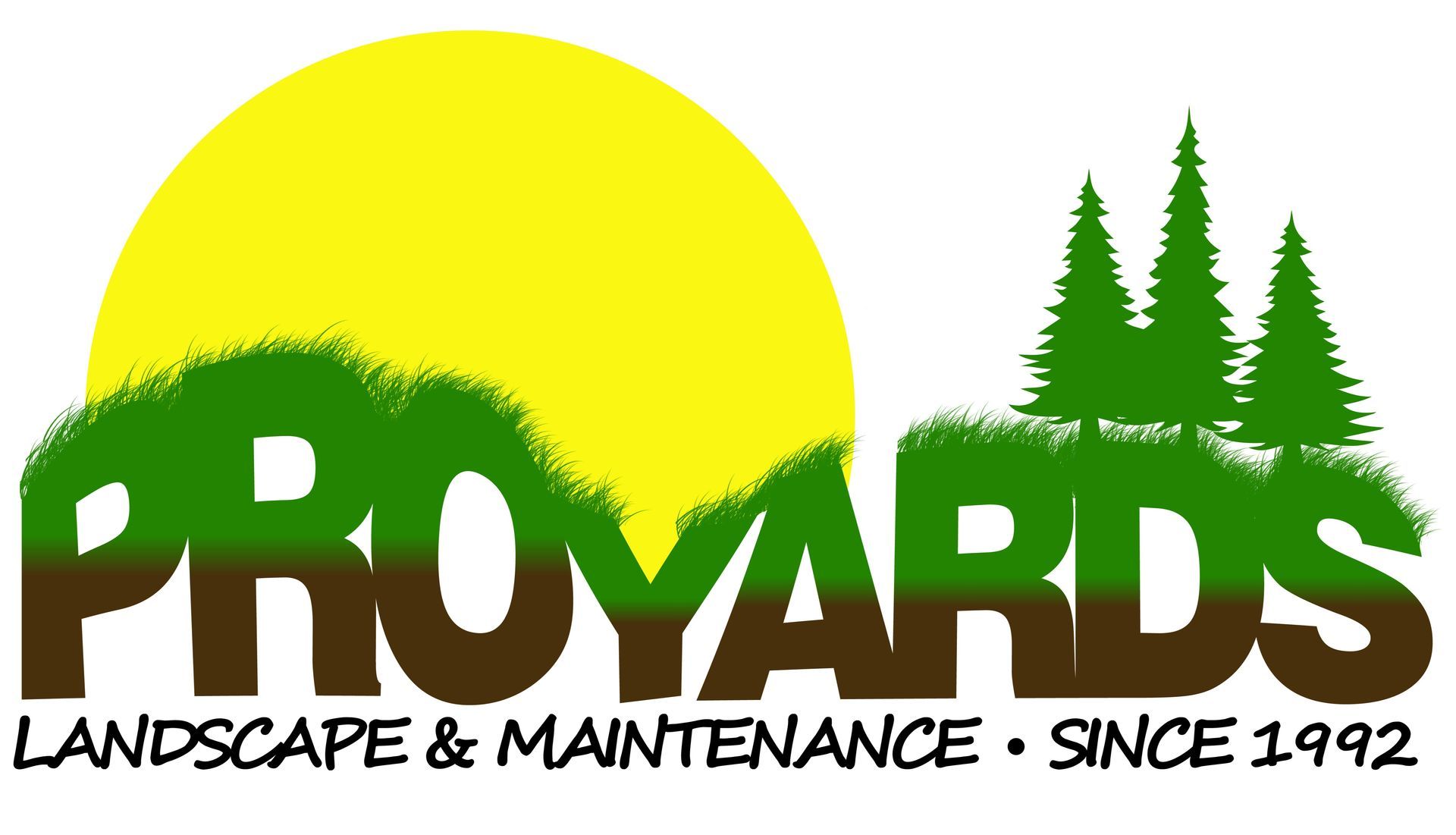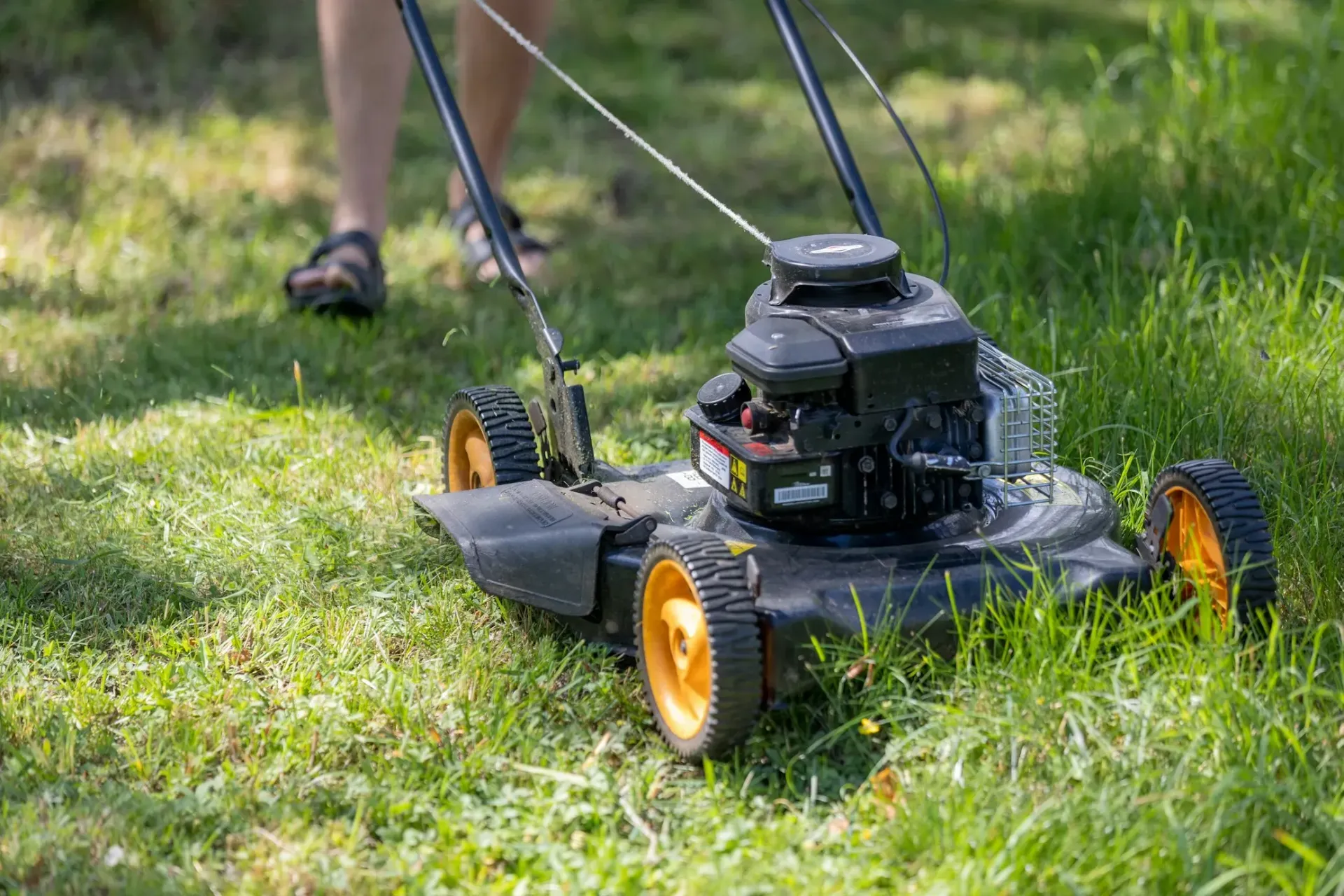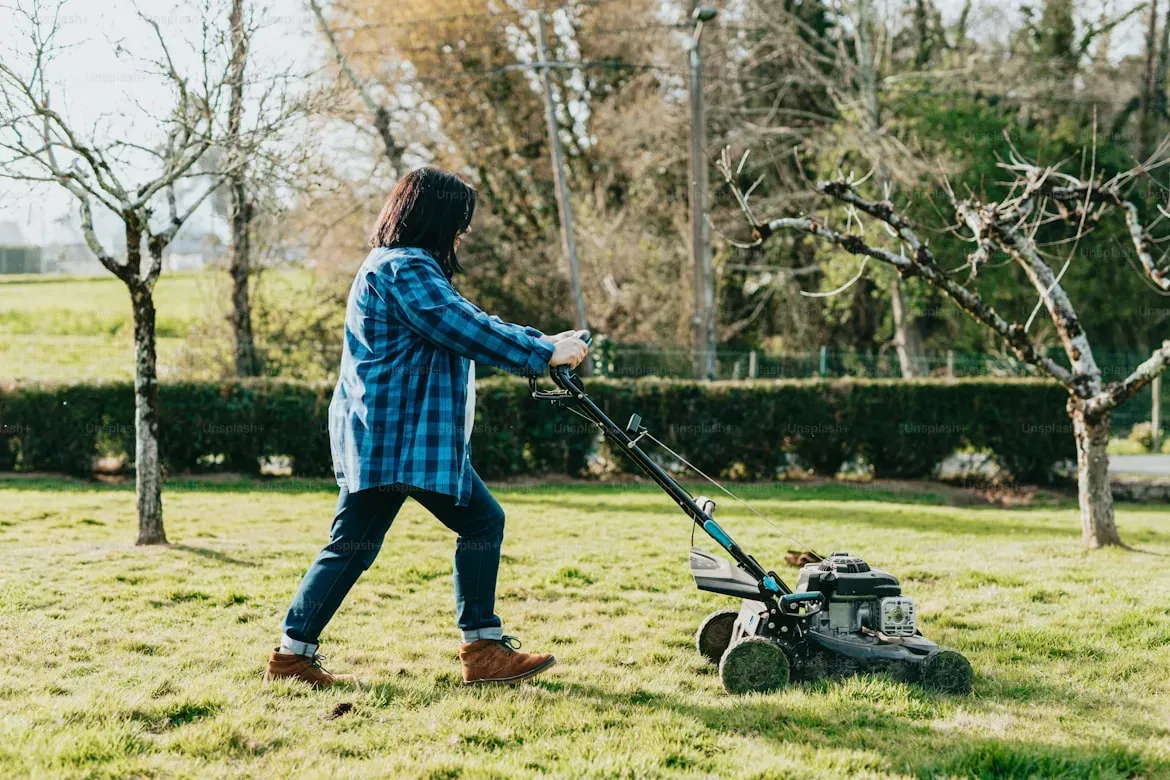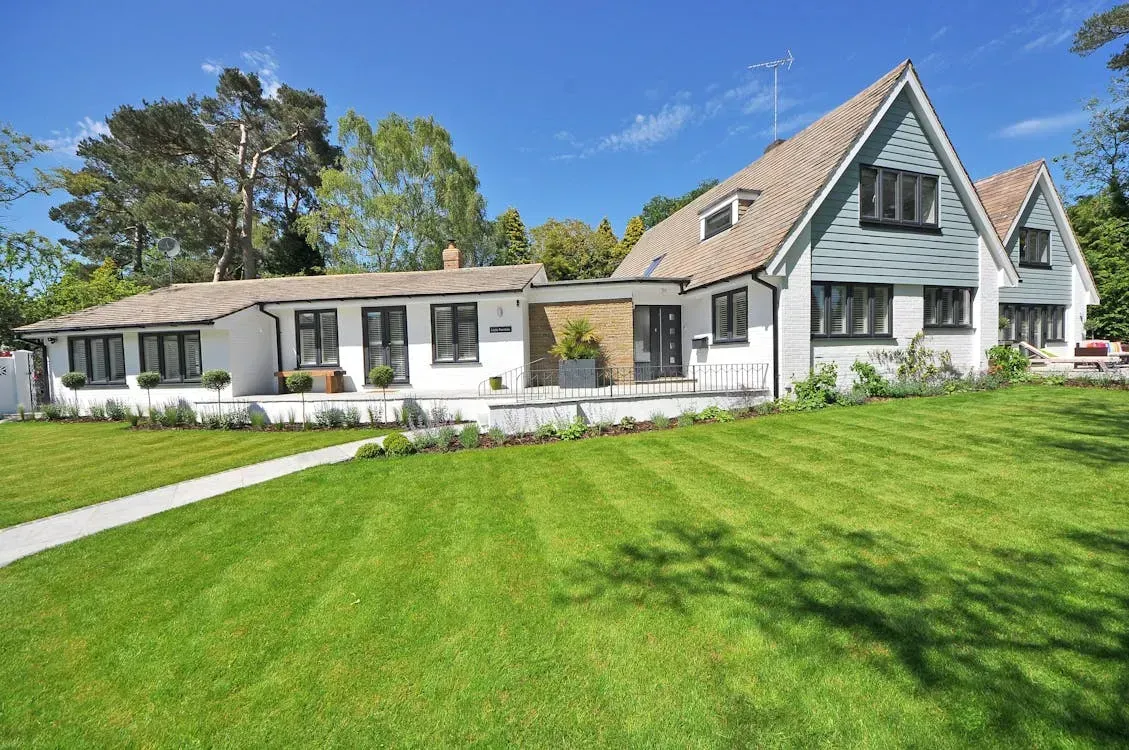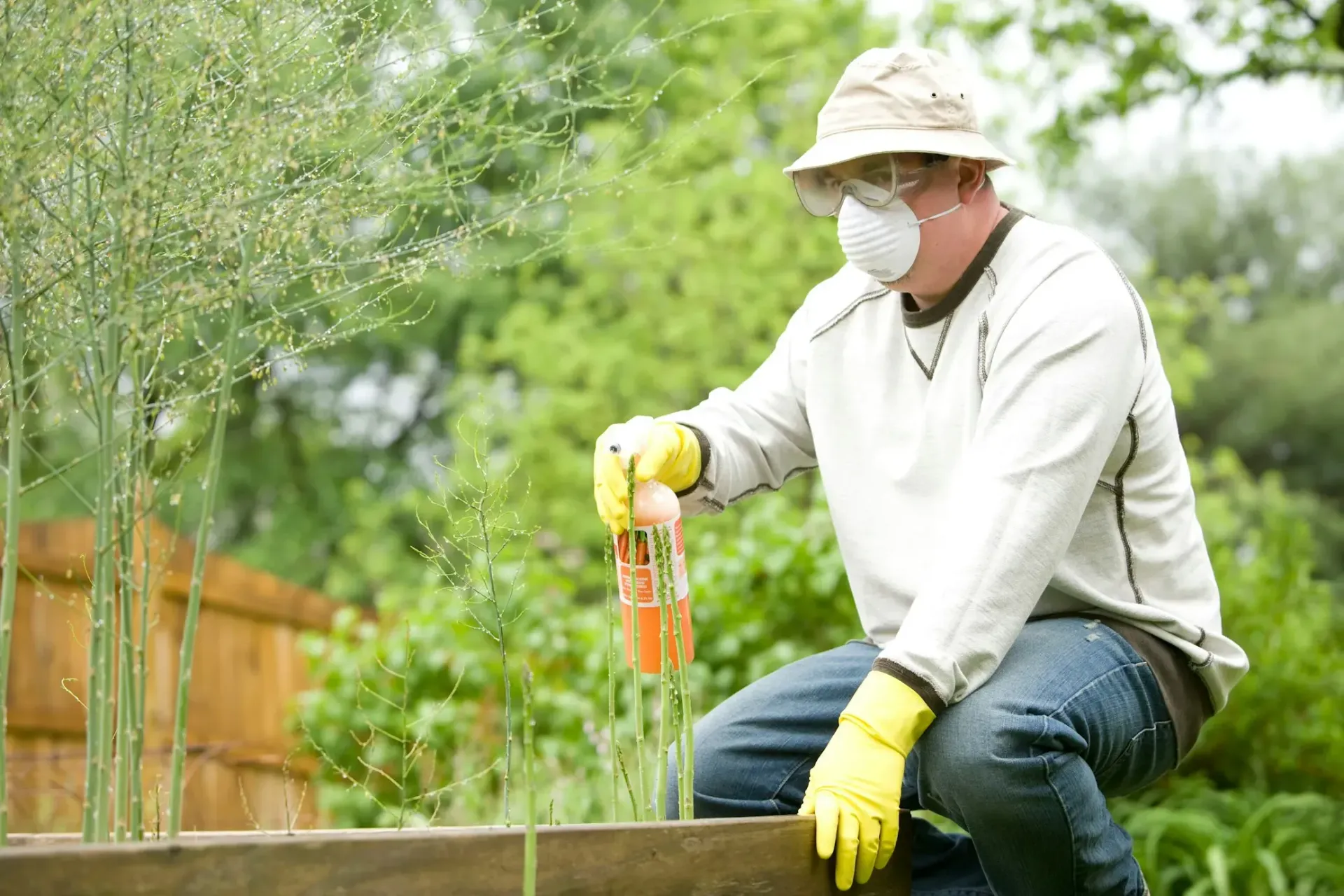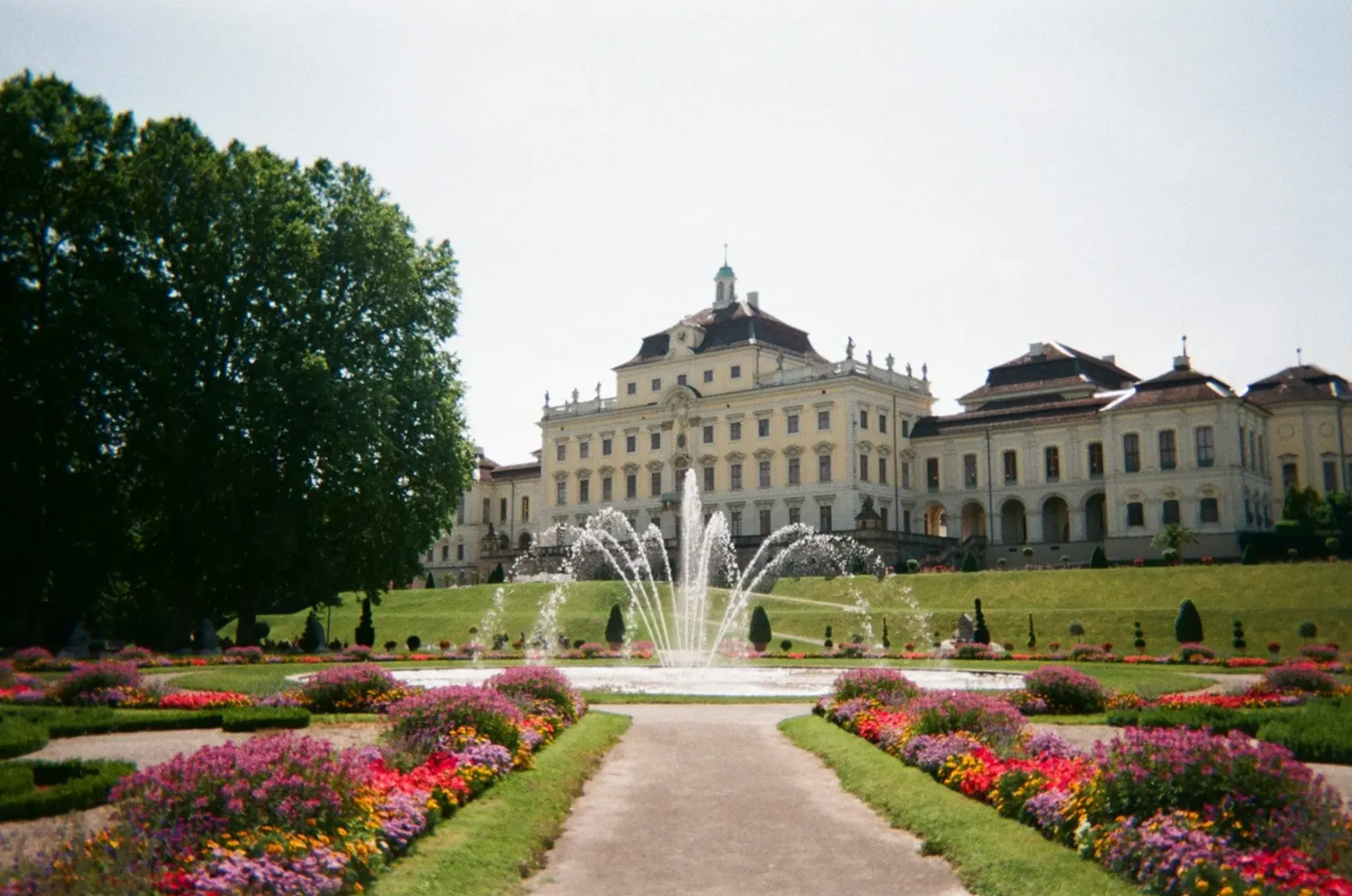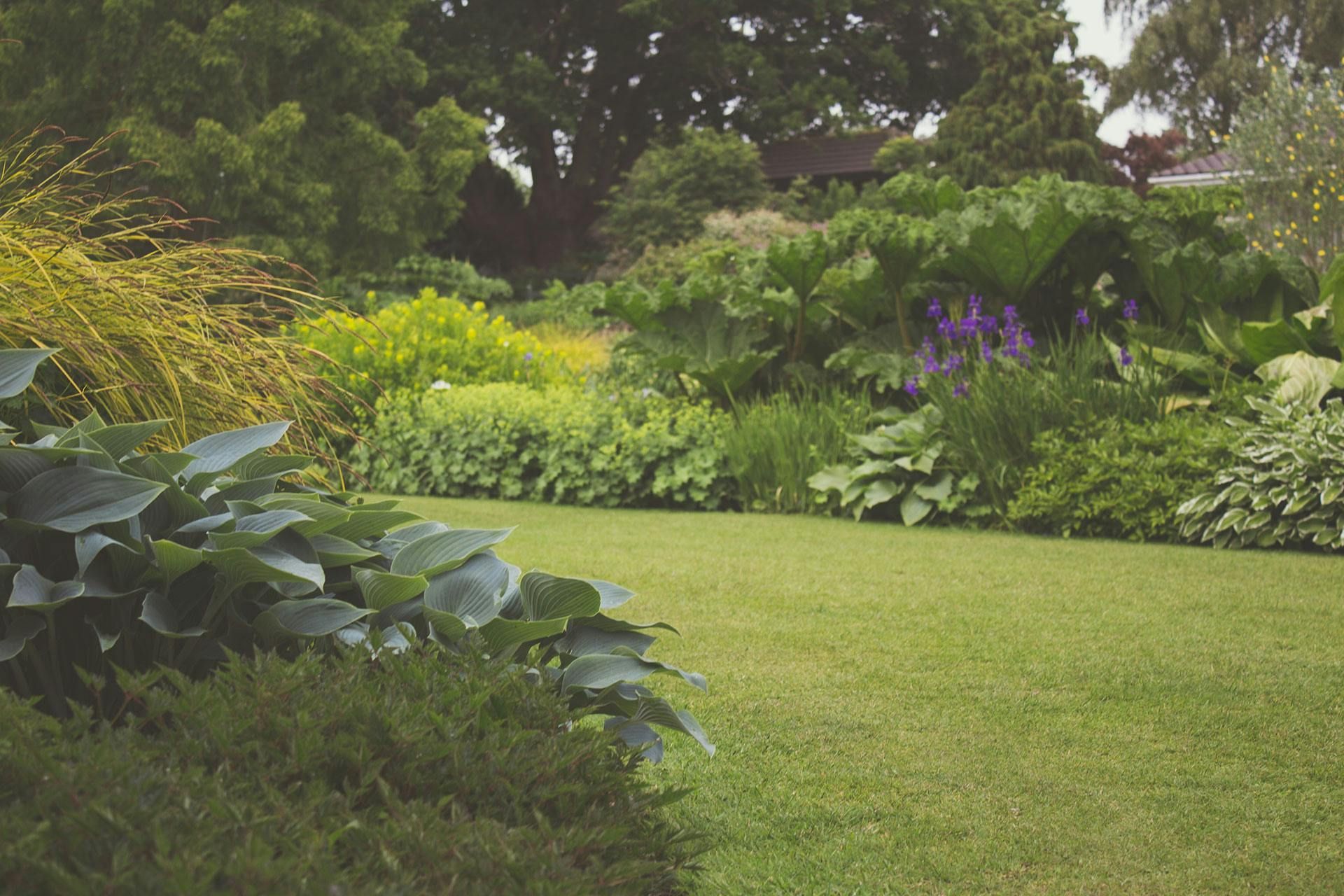
How to Choose the Best Plants for Your Landscape (Climate, Soil & Aesthetic Considerations)
Picking plants for your yard isn’t just about what looks nice. Some plants thrive with little effort, while others struggle, needing constant care. If you want a yard that looks great without extra work, you need to choose plants that fit your environment.
The best plants for your landscape are the ones that match your climate, soil, and how much upkeep you’re willing to do. When plants are in the right conditions, they grow strong, resist disease, and don’t need constant watering or maintenance. That means less work for you and a healthier, longer-lasting landscape.
This guide breaks it all down—how to pick plants that fit your vision, survive in your local climate, and work with your soil. By the end, you’ll know exactly what to plant for a yard that stays beautiful with minimal effort.
Want expert advice? Check out our Comprehensive Guide to Lawn Care Services in Salt Lake City for pro landscaping tips.
Defining Your Landscaping Goals: Beauty, Function, or Both?
Before choosing plants, think about what you want from your landscape. Are you aiming for a colorful, eye-catching yard, or do you want something low-maintenance and practical? Maybe you need a mix of both.
1. Aesthetic Appeal: Creating a Beautiful Yard
If you want a visually striking landscape, focus on color, texture, and structure. Choose plants that bloom in different seasons so your yard looks great year-round. Add a mix of tall trees, shrubs, flowers, and ground cover for variety.
Think about how colors work together. Warm colors like red, orange, and yellow create energy, while cool colors like blue, purple, and green feel calm and relaxing.
2. Practical Landscaping: Functionality Matters
A landscape can be more than just pretty. Some plants provide shade, privacy, or erosion control. Others attract pollinators like bees and butterflies, helping the environment. If you have pets or kids, you might want plants that are non-toxic and durable.
Consider your lifestyle. If you don’t have time for constant upkeep, choose low-maintenance plants. Drought-resistant plants need less water, and native plants naturally thrive in your area without extra care.
3. Balancing Beauty and Function
Most homeowners want a mix of beauty and practicality. You can have a stunning yard with plants that also serve a purpose. For example:
- Evergreens offer year-round greenery and privacy.
- Flowering perennials add color and come back every year.
- Native grasses require little maintenance and prevent soil erosion.
Once you know your landscaping goals, it’s time to pick plants that fit your local climate.
Choosing Plants That Match Your Climate
Not all plants can handle every climate. Some thrive in hot, dry weather, while others need constant moisture. Choosing plants suited to your climate means less watering, fewer problems, and a healthier yard.
1. Understanding Hardiness Zones
The USDA Hardiness Zone Map divides regions based on average winter temperatures. Your zone tells you which plants can survive your winters. If a plant isn’t rated for your zone, it may struggle or die when the seasons change.
To find your zone, check the USDA Hardiness Zone Map online or ask a local garden center.
2. Weather Patterns and Microclimates
Hardiness zones are helpful, but they don’t tell the whole story. Your yard may have microclimates—small areas with different conditions. A spot near a brick wall may stay warmer, while a shady corner stays cooler and moist.
Consider these factors:
- Sun vs. shade: Some plants love full sun, while others need shade to avoid burning.
- Wind exposure: Strong winds dry out plants, so windbreaks may be needed.
- Rainfall: If your area gets little rain, drought-tolerant plants are a smart choice.
3. Best Plants for Different Climates
Here are some plant types based on common climate conditions:
- Hot, dry climates: Succulents, lavender, Russian sage, and ornamental grasses.
- Cold winters: Evergreen trees, hostas, coneflowers, and daylilies.
- Humid areas: Ferns, hydrangeas, camellias, and banana plants.
- Mild climates: Citrus trees, rosemary, and California poppies.
Picking plants that match your climate means less stress, lower water bills, and a healthier landscape.
Assessing Your Soil Type and Condition
Even if you pick the right plants for your climate, they won’t thrive unless your soil can support them. Soil type affects drainage, root growth, and nutrient availability. Understanding what you’re working with will help you choose plants that grow strong and healthy.
1. How to Test Your Soil
Before planting, figure out your soil type and its pH level. Here’s how:
- The Squeeze Test: Grab a handful of damp soil and squeeze it.
- If it falls apart easily, it’s sandy soil (fast-draining but low in nutrients).
- If it holds its shape but crumbles with a poke, it’s loamy soil (ideal for most plants).
- If it stays in a tight ball, it’s clay soil (holds water but drains poorly).
- DIY pH Test: Mix soil with vinegar—if it fizzes, it’s alkaline. Mix with baking soda—if it fizzes, it’s acidic. Most plants prefer soil with a pH between
6.0 and 7.0.
2. Matching Plants to Soil Type
Once you know your soil type, pick plants that will thrive in it:
- Sandy soil: Lavender, yucca, coreopsis, and Russian sage.
- Loamy soil: Roses, sunflowers, and nearly all vegetables.
- Clay soil: Dogwood trees, hostas, daylilies, and ferns.
If your soil isn’t ideal for what you want to grow, don’t worry—you can improve it.
3. How to Improve Soil Quality
If your soil needs help, try these fixes:
- For sandy soil: Add compost or mulch to improve water retention.
- For clay soil: Mix in organic matter like peat moss to help drainage.
- For pH balance: Lime raises pH (for acidic soil), while sulfur lowers pH (for alkaline soil).
Good soil leads to healthier plants with fewer problems.
Low-Maintenance vs. High-Maintenance Plants: What’s Right for You?
Some plants thrive with little care, while others need regular watering, pruning, and fertilizing. Choosing plants based on your maintenance preferences can save you time, effort, and money.
1. Best Low-Maintenance Plants for Easy Landscaping
If you want a beautiful yard without constant upkeep, go for plants that can handle your climate and soil with little extra care. These plants require minimal watering, pruning, and fertilizing once established.
- Drought-tolerant plants: Lavender, sedum, black-eyed Susan, and ornamental grasses.
- Perennials that return each year: Coneflowers, daylilies, hostas, and salvia.
- Evergreens for year-round greenery: Boxwood, juniper, and arborvitae.
2. High-Maintenance Plants That Require Extra Care
Some plants need frequent watering, pruning, or fertilizing to stay healthy and look their best. If you enjoy gardening and don’t mind extra work, these plants can add stunning color and variety to your yard.
- Flowering plants that need deadheading: Roses, petunias, and dahlias.
- Fast-growing plants that require regular pruning: Wisteria, bamboo, and climbing roses.
- High-water plants for lush landscapes: Hydrangeas, ferns, and impatiens.
3. Finding the Right Balance
Most homeowners prefer a mix—low-maintenance plants for the backbone of the landscape, with a few high-maintenance plants as statement pieces. If you want beauty without too much upkeep:
- Use mulch to retain moisture and reduce weeds.
- Group plants with similar water needs together.
- Choose
native plants that naturally thrive in your area.
Picking the right plants for your lifestyle means a yard that looks great with less stress and effort.
Sustainable Landscaping: Eco-Friendly & Water-Wise Choices
A beautiful yard doesn’t have to be high-maintenance or wasteful. By choosing eco-friendly plants, you can reduce water use, support local wildlife, and create a thriving landscape with less effort.
1. Why Native Plants Are the Best Choice
Native plants have adapted to your local climate, soil, and rainfall. They require less water, fertilizer, and pest control than non-native species. Plus, they support local bees, butterflies, and birds.
Some great native plant choices include:
- For dry climates: Yarrow, penstemon, and sage.
- For temperate zones: Black-eyed Susan, purple coneflower, and wild indigo.
- For wet or humid areas: Swamp milkweed, ferns, and cardinal flowers.
2. Water-Efficient Landscaping (Xeriscaping Basics)
Xeriscaping is a landscaping method that reduces water use by selecting drought-tolerant plants and improving soil moisture retention. This doesn’t mean a yard full of rocks—xeriscaped landscapes can be lush and colorful.
Tips for a water-wise yard:
- Plant drought-resistant flowers, shrubs, and trees.
- Use mulch to keep soil moist and reduce evaporation.
- Install
drip irrigation instead of sprinklers for targeted watering.
3. Pollinator-Friendly Plants for a Healthy Ecosystem
Bees, butterflies, and hummingbirds play a vital role in pollination. Adding pollinator-friendly plants to your yard helps support these species and increases biodiversity.
Pollinator-friendly plants include:
- Milkweed (for monarch butterflies).
- Lavender and bee balm (for bees).
- Salvia and fuchsia (for hummingbirds).
By choosing sustainable, water-wise plants, you’ll have a landscape that thrives naturally while benefiting the environment.
Hardscape & Softscape: Creating a Balanced Outdoor Space
A great landscape isn’t just about plants. The best yards combine plants (softscape) with non-living elements (hardscape) like patios, walkways, and retaining walls. A well-balanced mix creates a yard that looks polished and is easy to maintain.
1. How Hardscape and Softscape Work Together
Too many plants can make a yard look wild and overgrown. Too much hardscape can make it feel cold and uninviting. The key is balance.
- Use hardscape elements (paths, stone borders, raised beds) to define planting areas.
- Add softscape plants around patios, fences, and retaining walls to soften hard lines.
- Choose
climbing plants like ivy, clematis, or roses to blend structures with nature.
2. Choosing Plants That Complement Your Hardscape
Certain plants work better with specific hardscape materials. Matching the right plants with your structures creates a cohesive look.
- Stone patios & pathways: Low-growing plants like creeping thyme, sedum, or ornamental grasses.
- Wood fences & pergolas: Climbing plants like wisteria, jasmine, or grapevines.
- Retaining walls & borders: Shrubs like boxwood, lavender, or dwarf hydrangeas.
3. Creating Focal Points with Strategic Plant Placement
Use plants to draw attention to key areas of your yard:
- A large tree can anchor a seating area.
- A flower bed can frame a walkway.
- A
row of shrubs can define the edge of your lawn.
When plants and hardscape elements work together, your yard looks more intentional, organized, and inviting.
Seasonal Considerations: Year-Round Appeal
A great landscape doesn’t just look good for a few months—it thrives in every season. By choosing plants that bloom or stay green throughout the year, you can keep your yard looking lively no matter the weather.
1. Plants for Each Season
To maintain color and texture year-round, include a mix of plants that thrive in different seasons:
- Spring: Tulips, daffodils, lilacs, and dogwood trees bring fresh color.
- Summer: Roses, black-eyed Susans, hydrangeas, and ornamental grasses thrive in the heat.
- Fall: Maples, asters, chrysanthemums, and burning bush add warm tones.
- Winter: Evergreens like spruce, holly, and juniper provide structure and greenery.
2. Evergreens vs. Seasonal Blooms
Evergreens are the backbone of a year-round landscape. They provide greenery and structure even when flowers fade. But seasonal plants add bursts of color and variety. A good balance keeps your yard visually interesting all year.
3. Planning for Continuous Color and Texture
- Layer plants by height—tall trees, medium shrubs, and low-growing flowers.
- Mix perennials and annuals for steady color.
- Use ornamental grasses for movement and texture.
By planning ahead, your yard stays vibrant no matter the season.
When to Consult a Landscaping Professional
Sometimes, no matter how much research you do, getting the right plants in the right place can feel overwhelming. If you're struggling with plant selection, design, or maintenance, a landscaping professional can save you time, money, and effort.
1. Signs You Might Need Expert Help
Hiring a landscaping expert is a good idea if:
- You're unsure which plants will thrive in your yard. A pro can assess your climate, soil, and layout to suggest the best options.
- Your yard has problem areas. Poor drainage, too much shade, or sloped land can make plant selection tricky.
- You want a polished, professional look. Designers can balance plants and hardscape elements for a seamless, well-planned landscape.
- You don’t have time for trial and error. The wrong plants can cost you money and effort when they don’t survive. A pro helps you get it right the first time.
2. How Professionals Can Improve Your Landscape
A landscaping expert doesn’t just plant flowers—they create a functional, beautiful outdoor space that fits your needs. They can:
- Design a layout that makes the most of your yard’s space.
- Recommend low-maintenance, drought-resistant, or native plants to reduce upkeep.
- Install irrigation systems for water efficiency.
- Incorporate hardscaping elements like patios, walkways, and retaining walls.
3. Finding the Right Landscaping Service
When looking for a landscaping professional, consider:
- Experience and reviews—Look for pros with a strong portfolio and positive feedback.
- Services offered—Some landscapers only design, while others handle full installation and maintenance.
- Local expertise—A professional familiar with your area’s climate and soil will make better recommendations.
If you’re ready to take your yard to the next level, working with an expert can make all the difference.
Final Thoughts
The right plants can transform your yard, but choosing them wisely is the key to a landscape that thrives with minimal effort. By selecting plants suited to your climate, soil, and maintenance preferences, you can create a yard that stays vibrant year-round. Whether you want a lush, colorful garden or a low-maintenance outdoor space, the right choices will make all the difference.
At ProYards, we specialize in expert landscaping, lawn care, tree service, irrigation, hardscapes, fertilization, and pest control across Salt Lake City, Lehi, Saratoga Springs, Eagle Mountain, and American Fork. Our licensed and insured team is committed to delivering high-quality results, ensuring your yard looks its best in every season. If you're ready to enhance your outdoor space, contact ProYards today for professional, reliable yard care services.
Our Services
Contact Information
Phone: (801) 254-2890
Email: proyardcustomers@gmail.com
Business Hours
- Mon - Fri
- -
- Sat - Sun
- Closed
Area We Serve
All Rights Reserved | Proyards
